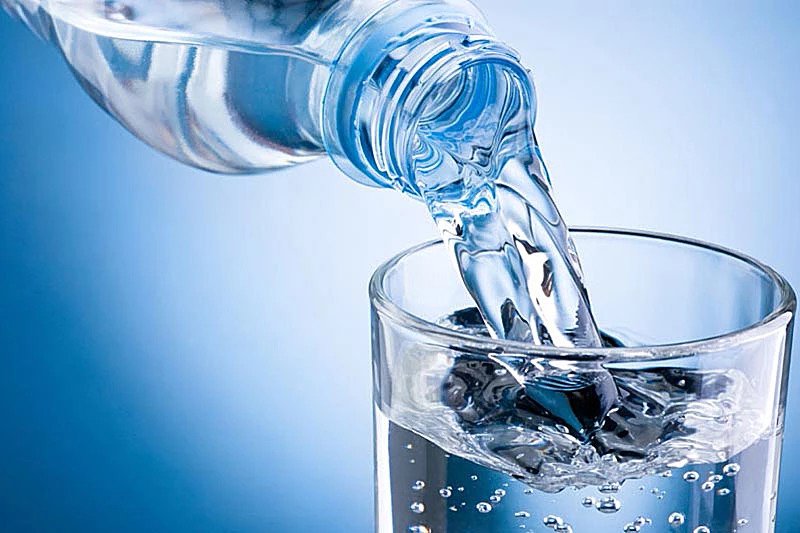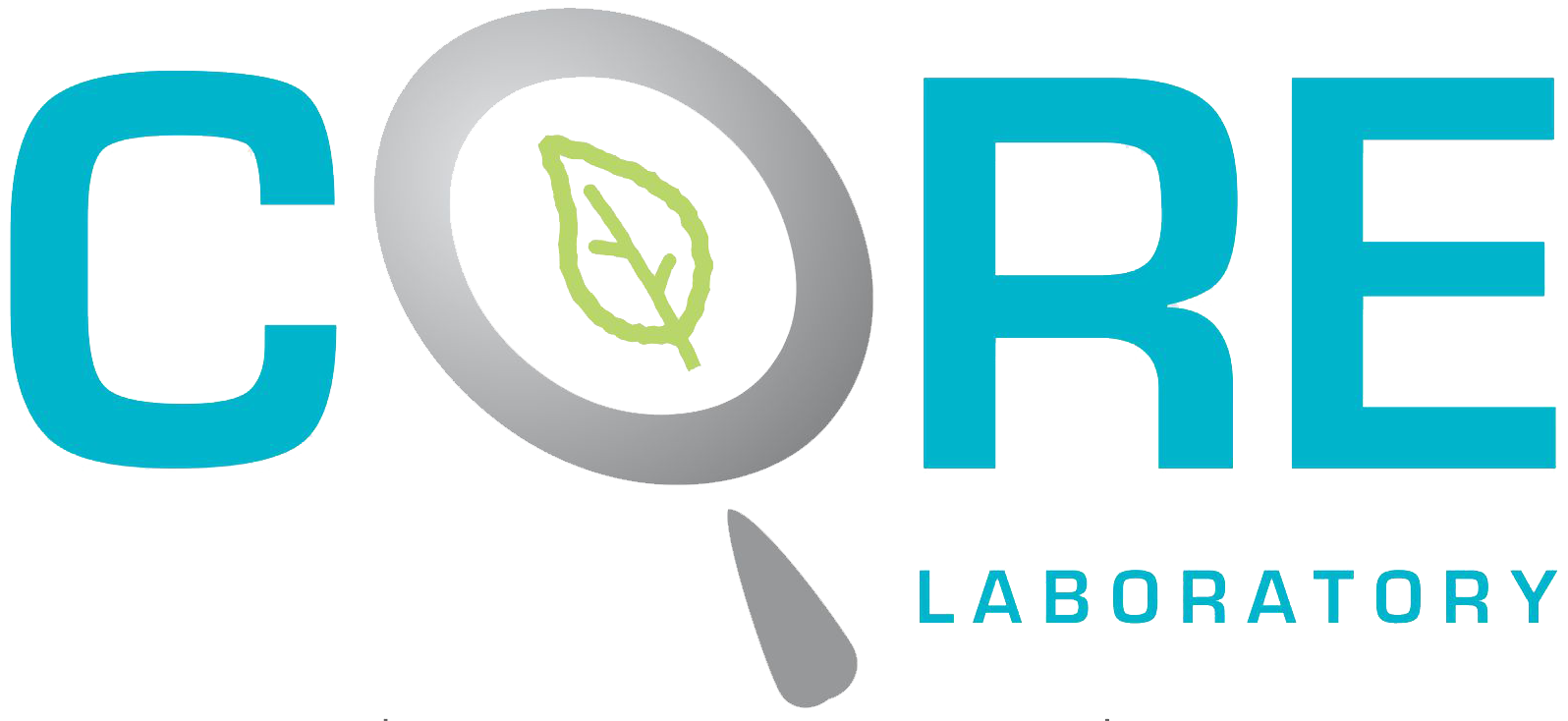Drinking / Potable Water
People are more concerned about the quality of the drinking water they consume today than a few years ago. As we build more industries, automobiles, trains, and boats the environment gets more contaminated with gasoline, motor oil, and hazardous chemicals that find their way into the surface and underground water that must be used as the source of drinking water. Pesticides, fertilizers, weed killers, and other hazardous chemicals, like Chromium Hexavalent, also find their way into the water and become a concern especially in those houses with a septic tank and a private well installed on the same property. Many homes treated for termite problems with insecticides which get injected in the ground, create new problems when the rain wash them into the underground water contaminating the well causing serious health problems to the home owners.

There is also a possibility of having natural minerals containing arsenic, lead, thallium, and mercury in the rocks that when in contact with the ground water, get dissolved, contaminating the water even in rural areas without any factories around.
Contaminated water is not easy to identify. Therefore, if you suspect that your drinking water source is not safe, let a professional laboratory do the analysis for you, but using the latest analytical instrumentation like atomic emission spectrophotometry, gas chromatography/mass spectrometry and EPA approved methods to test the water that you use to drink, cook, and bathe. Not all the filtration systems work the same way, most of them can only reduce one type of contaminant.
| Parameter | Test Method (#) | Unit | Cab Detection Limit |
|---|---|---|---|
| Chemical Analysis | |||
| pH @25 °C * | APHA - AWWA 4500 H + B | - | 0.1 |
| Total Solids @ 105 °C * | APHA - AWWA 2540 B | mg/L | 9 |
| Chloride as Cl - * | APHA - AWWA 4500 CI - B | mg/L | 1 |
| Total Alkalinity at pH 4.5 as caCO3 | APHA - AWWA 2320 B | mg/L | 2 |
| Total hardness as caCO3 | APHA - AWWA 2320 C /IP-01 | mg/L | 2 |
| Cyanide as CN- | Pyridine - Pyrazalone method | mg/L | 0.002 |
| Fluride as F- | USEPA SPADNS Reagent method | mg/L | 0.002 |
| Total Residual chlorine | USEPA DFD method | mg/L | 0.002 |
| Total sulfates as SO4 * | SULFAVER METHOD | mg/L | 2 |
| Chromium as Cr* | APHA - AWWA 303O E / 3120 B | mg/L | 0.006 |
| Copper as Cu * | APHA - AWWA 3030E / 3120 B | mg/L | 0.006 |
| Iron as Fe * | APHA - AWWA 3030E / 3120 B | mg/L | 0.011 |
| Lead as Pb * | APHA - AWWA 3030E / 3120 B | mg/L | 0.015 |
| Manganese as Mn * | APHA - AWWA 3030E / 3120 B | mg/L | 0.002 |
| Nickel as Ni * | APHA - AWWA 3030E / 3120 B | mg/L | 0.005 |
| Zinc as Zn * | APHA - AWWA 3030E / 3120 B | mg/L | 0.006 |
| Microbiological Analysis | |||
| Total Bacterial Count | APHA - AWWA | CFU/ml | - |
| Total Coliforms | APHA - AWWA | CFU/100ml | - |
| Fecal Coliforms | APHA - AWWA | CFU/100 ml | - |
| Escherichia Coli | APHA - AWWA | CFU/100 ml | - |
